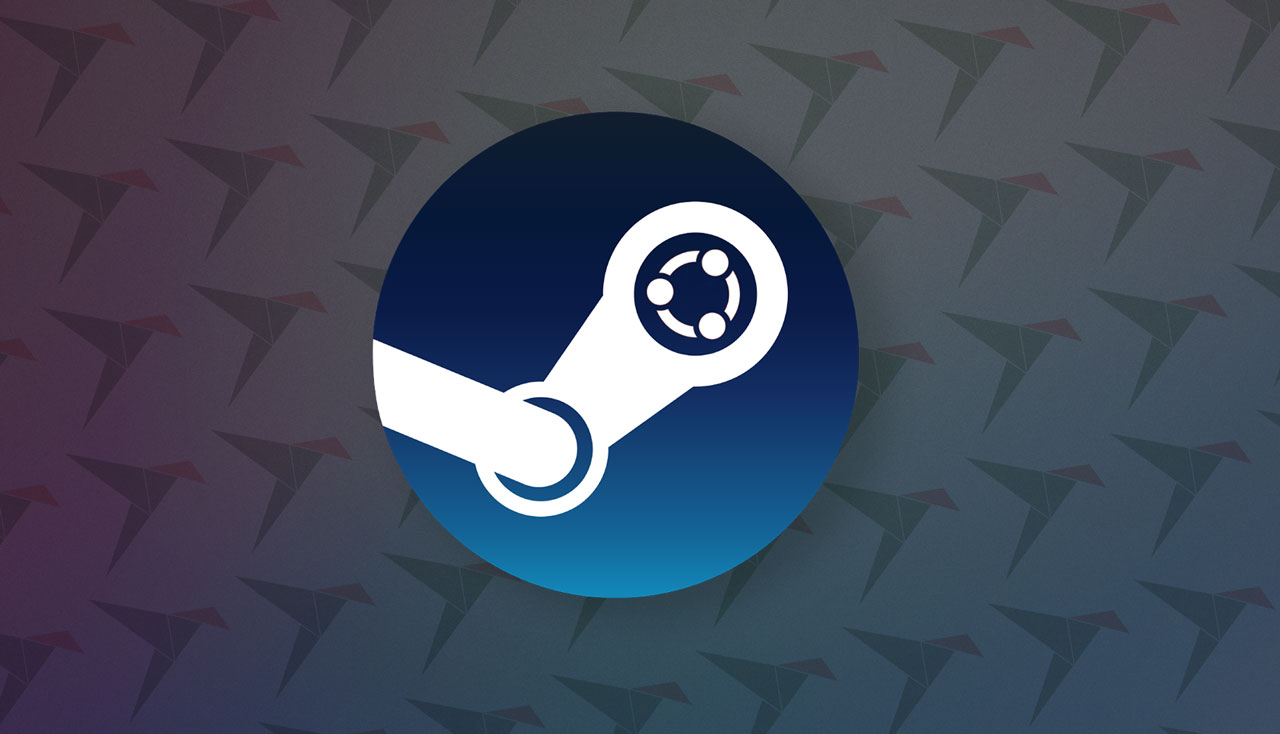- cross-posted to:
- linux@lemmy.world
- news@lemmy.linuxuserspace.show
- cross-posted to:
- linux@lemmy.world
- news@lemmy.linuxuserspace.show
Timothée Besset, a software engineer who works on the Steam client for Valve, took to Mastodon this week to reveal: “Valve is seeing an increasing number of bug reports for issues caused by Canonical’s repackaging of the Steam client through snap”.
“We are not involved with the snap repackaging. It has a lot of issues”, Besset adds, noting that “the best way to install Steam on Debian and derivative operating systems is to […] use the official .deb”.
Those who don’t want to use the official Deb package are instead asked to ‘consider the Flatpak version’ — though like Canonical’s Steam snap the Steam Flatpak is also unofficial, and no directly supported by Valve.



Snap is a sandboxed environment to install applications in.
Flatpak is a more portable implementation of the same broad idea, it downloads a chroot and runs applications from within using a separate program called bubblewrap (one could, in theory, use chroot to run apps from within the downloaded flatpak images, bubblewrap offers further isolation through things like namespaces and cgroups etc. )
Snap, unlike flatpak, is a Canonical specific implementation that has a reputation for breaking a lot of things.
It’s perfectly possible to isolate a steam install, NixOS does that by default to even get it running (on NixOS nothing is where any binary blob expects it to be). There was a very brief issue with experimental steam when they tightened up their own sandboxing and doing sandbox-in-sandbox broke stuff but that was fixed before release as Valve is, indeed, responsive, even if the distribution isn’t officially supported. But you gotta have some professionalism and have institutional continuity, they don’t want to deal with J. Random Hacker doing a one-off packaging job. Or distros trying to be smart and replace the steam runtime with their own library versions. Basically, assume that the whole thing runs directly on the kernel, make sure to have graphics drivers, and you’ll be fine running it as-is.